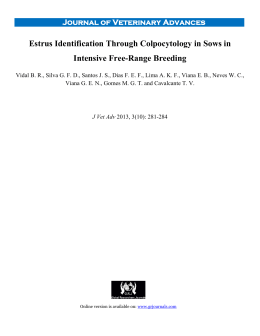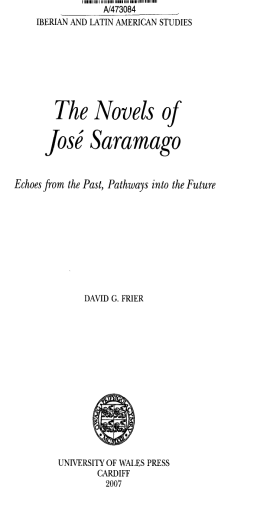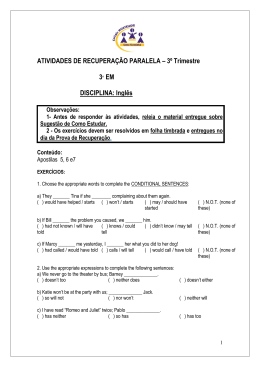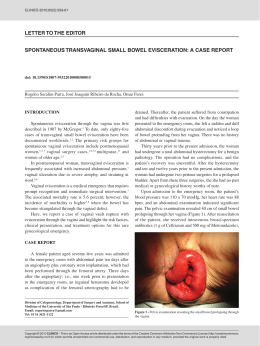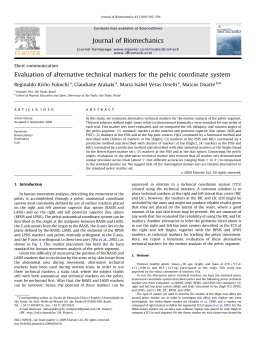280 Prudencio C1, Barbosa A1, Deróbio A L1, Anézio A1, Vesentini G1, Almeida A P1, Piculo F1, Marini G1 1. Universidade Estadual Julio de Mesquita Filho UNESP COMPARISON OF THREE PHYSIOTHERAPY METHODS FOR TREATMENT OF STRESS URINARY INCONTINENCE: IMPACT IN QUALITY OF LIFE AND MUSCLE FUNCTION Hypothesis / aims of study Compare the impact of three different physiotherapy protocols on quality of life and function of the pelvic floor muscle Study design, materials and methods Participated in the project 156 women with symptoms of stress urinary incontinence (SUI), who gave informed consent to take part in the study and authorizing the collection of data. These participants, through simple randomization were divided into three groups of intervention, which were exclusive kinesiotherapy (GKines) with 51 participants, kinesiotherapy with vaginal cones (GKCone) with 55 and kinesiotherapy associated with perineometer with 50. Before the treatment was applied two questionnaires which were KHQ and a structured interview with personal information, clinical and obstetric information and about UI characteristics. Posteriorly was held evaluation of the pelvic floor muscle by perineometry. The standard protocol used by the three groups consisted of stretching, isolated rapid and sustained contractions of the pelvic floor muscles and at the end functional exercises with contraction of the same muscle group by differentiating just the use or not of associated instruments. The participants were submitted to 20 sessions of 45 minutes each, twice a week for 3 consecutive months. At the end of protocol the participants were submitted to the same assessment performed at beginning of treatment. The statistical analysis and the choice by comparison tests between variables and groups were performed according to the conditions determined by the results, characteristics and behavior of the variables of each study. Results Concerning the general characteristics of the sample homogeneity between the study groups was found, only the variable of active sexual activity was higher in group GKCone. In respect the variable KHQ was observed a significant intragroup improvement both in the initial and final time, as among groups at the final moment. By checking the values of the evaluation of pelvic floor through perineometer there was a significant intra-group difference in the initial and final time of treatment, but it was not noticed in the comparison among groups (Table 1). In the final evaluation it was found in the three GKinesio, GKCone and GKPer groups significant decrease in the number of incontinent participants intragroup compared with initial evaluation but there was no significant difference in incidence of SUI among groups when compared to the end (p = 0.875) (Table 2). Interpretation of results The results related to the profile of women who reported SUI corroborates with findings in national and international studies. 1,2 The initial and final analysis of the questionnaire KHQ allowed to observe improvement in quality of life, these data corroborate with studies showing that about 60% of women treated with exercises AP improved the quality of life. 21.22 Regarding the improvement of function of the muscles of the AP, articles published in 2007 and 2011 converge with this study.3 The results of the comparison of the protocols demonstrated that the three protocols analyzed had not significant difference in improvement between them, in most scores. Revealing as other studies that physiotherapy with kinesiotherapy, cone and / or perineometer are complementary and effective alternatives to treat SUI.3 Concluding message The three protocols were effective for the treatment of SUI in relation to quality of life and muscle function. Therefore, was concluded that the effective treatment can rely on exclusive kinesiotherapy or associated with vaginal cone or perineometre. This choice should be made by careful evaluation of the patient and their clinic history. Table 1 – Results intragroup and among groups of King's Health Questionnaire (KHQ) and muscle evaluations perineometer rapid and sustained contraction, Initial and Final, Groups kinesiotherapy (GKinesio) (n = 51), and kinesiotherapy with vaginal cone (GKCone) (n = 55) and kinesiotherapy with perineometer (GKPer) (n = 50). 1p <0.05: significant result; 2Test of Wilcoxon intra-groups; 3Kruskal-Wallis among groups; 4For each category equal letters indicate that the results of columns (intragroup/ among groups) do not differ statistically and lowercase letters intra-group (initial; final); among groups uppercase letters (initial; final). Table 2 - Occurrence of SUI before and after physiotherapeutic intervention on kinesiotherapy group (GKinesio) (n = 51), kinesiotherapy with vaginal cone (GKCone) (n = 55) and kinesiotherapy with perineometer (GKPer) (n = 50). 1Chi-square test: p <0.05: significant result; References 1. Knorst MR, Resende TL, Goldim JR. Perfil clínico, qualidade de vida e sintomas depressivos de mulheres com incontinência urinária atendidas em hospital-escola. Rev Bras Fisioter. 2011;15(2): 109-16. 2. Figueiredo EM, Lara JO, Cruz MC, Quintão DMG, Monteiro MVC. Perfil sociodemográfico e clínico de usuárias de serviço de fisioterapia uroginecológica da rede pública. Rev Bras Fisioter. 2008;12(2):136-42. 3. Rett MT, Simões JA, Herrmann V, Gurgel MSC, Morais SS. Qualidade de vida em mulheres após tratamento da incontinência urinária de esforço com fisioterapia. Rev Bras Ginecol Obstet. 2007;29(3):134-40. Disclosures Funding: No Clinical Trial: Yes Public Registry: No RCT: Yes Subjects: HUMAN Ethics Committee: Comitê de Ética em Pesquisa da Faculdade de Filosofia e Ciências da Universidade Estadual Paulista, Unesp campus Marília conforme parecer nº 266/2009 Helsinki: Yes Informed Consent: Yes
Download



